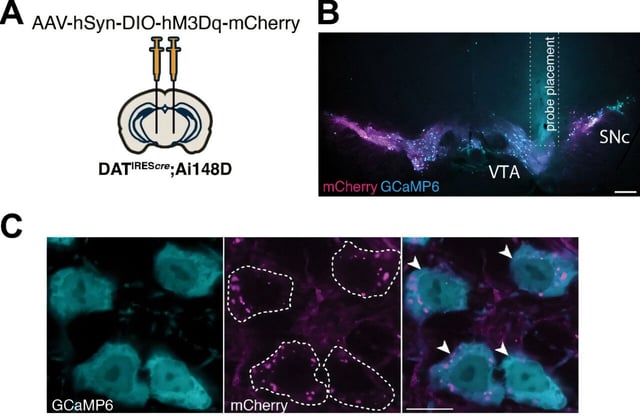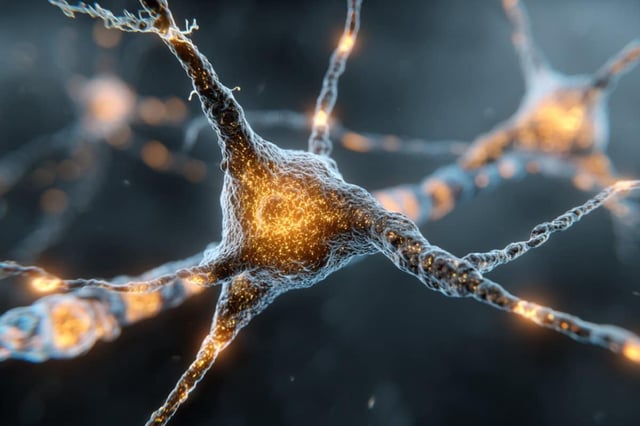Overview
- A peer-reviewed eLife study from Gladstone Institutes used a chemogenetic DREADD receptor and chronic clozapine‑N‑oxide in drinking water to sustain activation of midbrain dopamine neurons in mice.
- Within days the animals’ day–night activity cycles were disrupted, after one week substantia nigra axons showed degeneration, and by about one month dopamine neurons began to die.
- Sustained activation raised baseline calcium levels and reduced expression of genes tied to dopamine metabolism and cellular stress responses in vulnerable neurons.
- The degeneration was preferential for substantia nigra dopamine neurons, with ventral tegmental area neurons relatively spared, reflecting the pattern seen in Parkinson’s disease.
- Mouse spatial transcriptomics aligned with gene-expression changes in early-stage human Parkinson’s samples, and the authors note that adjusting neuron activity could be protective but remains unproven in patients.

